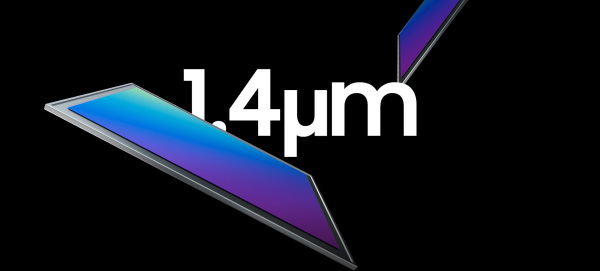Even though we like to write again and again about the fact that sensors in smartphones cannot compete with "real" cine sensors because of their size, this obviously does not mean that this statement will still hold true in the future.
Because the sensors in smartphones have also grown considerably over the last few years. The currently largest model was presented by Samsung yesterday with the  ISOCELL GN2.
ISOCELL GN2.

The new sensor measures an unbelievable 1/1.12 inches and thus offers a sensor surface that is almost 11.5 mm wide! This means that a smartphone with this sensor has a crop factor of approx. 3.15 and thus already comes very close to typical 1 inch sensors.
At 8K resolution (8,160x6,144, approx. 50M), the sensor size corresponds to 1.4 micrometres, which can be combined via pixel binning to virtual 4K resolution with 2.8 micrometre pixels. 4K video should then be able to be recorded at a maximum of 120 fps, and slow motion up to 480 fps should be possible at 1080p. 8K video should also be possible.
It has not yet been communicated which manufacturers will use the ISOCELL GN2 in the future, but it is an open secret that Xiaomi will install this sensor in the upcoming Mi 11 Ultra flagship.
The sensor is also expected to set new standards in autofocus. An improved Dual Pixel Pro autofocus is used, which can not only obtain horizontal but also vertical information about the sensor separation. The following video from Samsung provides a more detailed explanation:
This means that in the future the best autofocus technology could be in smartphones and not in photo cameras. From this point of view, it is not so surprising that Samsung quickly left the large-sensor market with its NX cameras. After all, the smartphone market not only offers far larger unit numbers but obviously also better "growth opportunities" - even for the sensor sizes themselves, as you can see here.
We always thought that ultimately lenses must limit sensor sizes in a flat device like a smartphone. But we also never dreamed a few years ago that we would ever see a nearly 1-inch sensor in a flagship smartphone. And who knows, maybe the dream of an interchangeable lens smartphone is far from over...

